Are you worried that a fuel spill could contaminate your well and affect the safety of your water?
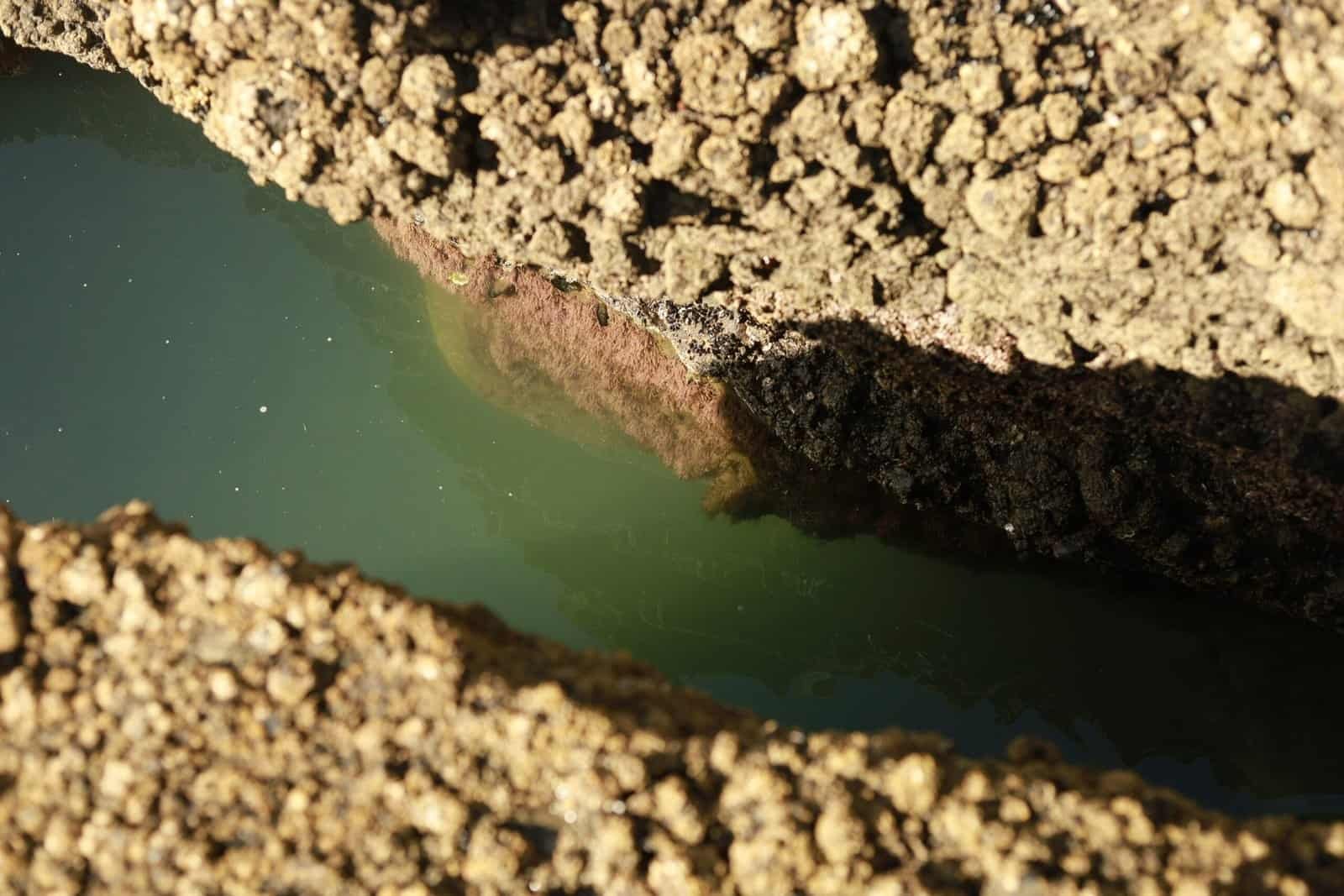
How Do I Prevent Fuel Spills From Entering My Well?
You want clear, safe water coming from your tap and you also want to protect your property value and the environment. This article gives you practical actions to reduce the risk that gasoline, diesel, heating oil, or other petroleum products will enter your well, how to detect problems early, and what to do if contamination happens.
Why Fuel in Wells Is Dangerous
Fuel in well water can introduce toxic compounds like benzene, toluene, ethylbenzene, and xylene (BTEX) that pose short- and long-term health risks. You also face odors, taste problems, damaged plumbing, and expensive remediation if contamination occurs.
Health Risks
If fuel components enter your drinking water, you can experience headaches, dizziness, nausea, or more serious chronic effects from long-term exposure. Children, pregnant women, and immunocompromised people are especially vulnerable, so you need to act quickly if you suspect contamination.
Environmental Risks
Beyond human health, fuel contamination harms aquatic life, soil microbes, and plants, and it can spread through groundwater affecting neighbors and deeper aquifers. Once a plume forms underground, it can be technically complex and costly to clean up.
Common Sources of Fuel Contamination
Understanding where fuel typically comes from helps you target prevention efforts on the highest-risk activities near your well. Many contamination events trace back to storage tanks, fueling activities, vehicle accidents, or leaks during transfer.
Aboveground Storage Tanks (ASTs)
Aboveground tanks can corrode, overflow, or be struck by equipment, leading to surface spills that migrate into soil and groundwater. If you have an AST near the well, you should give it priority when implementing containment and inspection.
Underground Storage Tanks (USTs)
USTs are particularly risky because leaks can go unnoticed for long periods before reaching groundwater. Older tanks and tanks without modern leak detection or corrosion protection are the highest risk and often require replacement or frequent monitoring.
Vehicle and Equipment Fueling
Fueling vehicles, lawn mowers, generators, and farm equipment near the well or on permeable ground increases spill risk. Even small spills from routine top-offs can accumulate over time and migrate downhill toward your well.
Road Runoff and Accidents
Roadside accidents or contaminated runoff from paved surfaces can wash fuel into low spots or drainage areas that recharge groundwater. If your property receives runoff from nearby roads, you should consider barriers and diversion controls.
Understanding Your Well and Site Vulnerability
You need to know how your well is constructed, where groundwater flows, and how close fuel sources are to your intake so you can prioritize protective measures. A vulnerability assessment helps you allocate resources efficiently.
Well Types and Construction
Wells can be drilled, driven, or dug, and each type has different vulnerabilities; shallow dug wells are much more susceptible to surface contaminants than properly cased drilled wells. Ensure you know the depth, casing material, and how well the wellhead is sealed to the surface.
Well Age and Condition
Older wells often have degraded casings, inadequate seals, or missing sanitary caps, increasing contamination risk. Routine inspection and professional evaluation can reveal whether you need upgrades or repairs.
Groundwater Flow and Hydrogeology
Groundwater moves along gradients and through soil layers, so a fuel source uphill or upgradient can impact your well even if it’s not nearby. A site-specific hydrogeologic assessment (often by a professional) clarifies how contaminants would move on your land.
Proximity to Fuel Sources
The closer a fuel source is to your well, the higher the risk. Regulatory setback distances exist for a reason, and if storage or fueling occurs within those distances you should strengthen containment and monitoring.
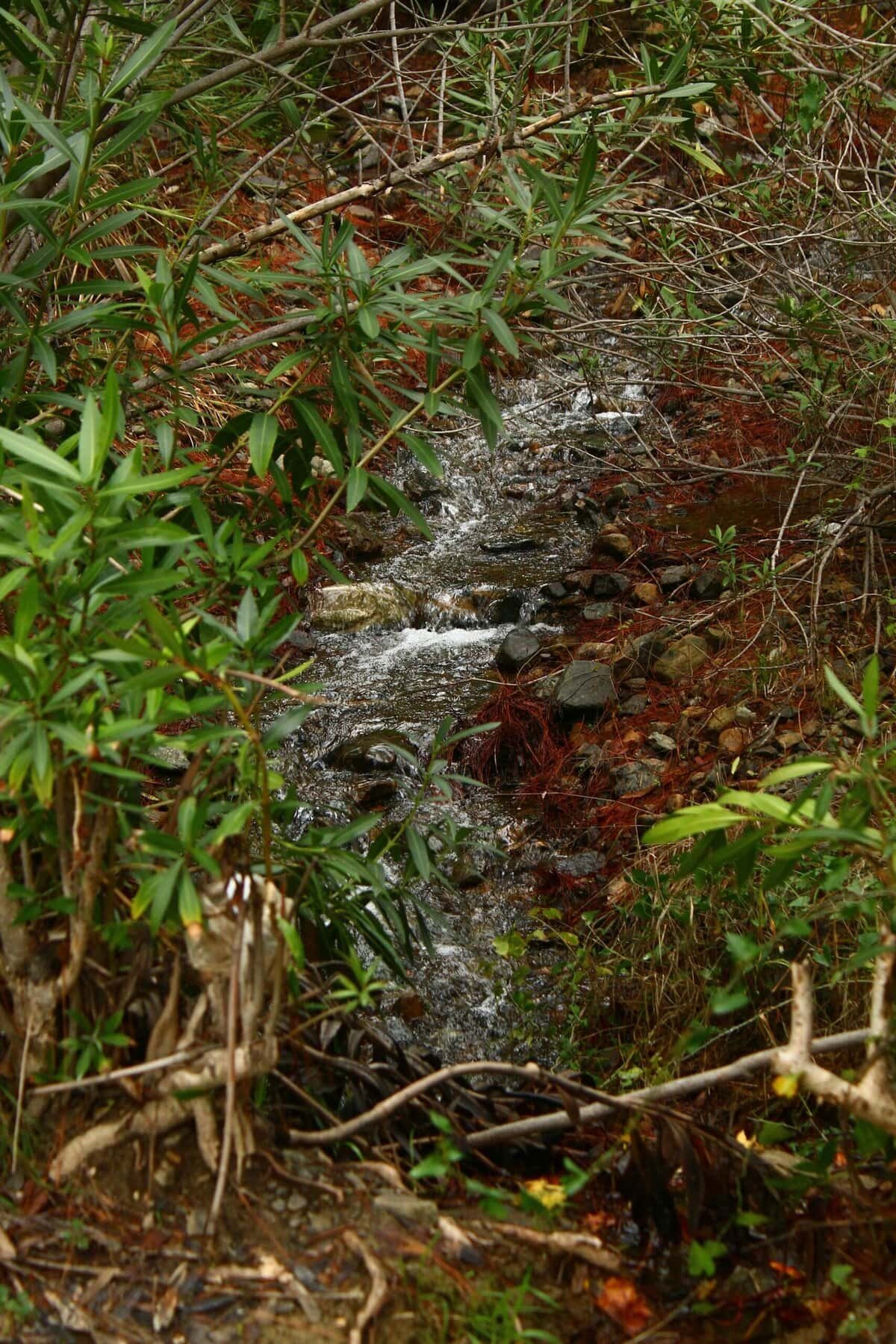
Prevention Strategies for Existing Wells
If your well is already installed, there are numerous effective actions you can take to reduce risk right away. Practical, affordable measures can block contamination routes and give you early warning if something goes wrong.
Regular Well Inspection and Maintenance
Inspect your wellhead, cap, and casing at least once a year and after severe weather events; look for cracks, corrosion, missing caps, or signs of tampering. Schedule professional maintenance and sanitary surveys every few years to confirm seals and grouts remain effective.
Secure and Inspect Nearby Fuel Storage
If you store fuel on your property, make sure tanks are in good condition, elevated away from the well if possible, and locked to prevent unauthorized access. Inspect tank seams, fittings, vents, and fill pipes frequently and replace any aged or damaged components promptly.
Secondary Containment and Berms
Secondary containment, such as catchment basins or concrete berms, prevents spilled fuel from reaching soil and groundwater. A properly designed containment system will direct spills to a sump or an area where cleanup is easier.
Proper Fuel Transfer Practices
When transferring fuel, use funnels, automatic shutoffs, grounding clamps, and tighten connections to reduce drips and overfills. Conduct fueling on impermeable surfaces (like concrete) uphill from the well and keep spill kits available during transfers.
Use of Spill Kits and Absorbents
Spill kits with absorbent pads, socks, and booms let you arrest a spill before it reaches soil or drain lines. Train household members and workers on how to use spill kits and where they’re stored so response is immediate.
Install Monitoring Wells or Sensors
Installing a monitoring well between potential fuel sources and your production well can give you early warning of contamination migration. Modern sensors and data loggers can alert you quickly if hydrocarbons or fuel odors are detected.
Measures for New Installations and Property Planning
If you’re planning a new well or adding fuel storage, you can design the site to minimize risk from the start. Proper planning saves money and reduces the chance of future problems.
Site Selection and Setbacks
Locate new wells upgradient and as far from fuel sources and paved roads as possible; adhere to local setback rules and consider extra distance when in doubt. Natural topography can be your ally—placing the well uphill reduces the likelihood of contaminated runoff reaching it.
Tank Selection and Installation Standards
Choose tanks with modern corrosion protection, double-walled construction, and built-in leak detection when available. Ensure installation follows professional standards: proper bedding, backfill, and accessible fill ports reduce later leak risks.
Protective Barriers and Impermeable Layers
Where spills are a realistic threat, consider constructing impermeable slabs under fueling areas and installing curbs to direct spills to containment. These physical barriers keep fuel on the surface where you can clean it up rather than letting it percolate into soil.
Well Casing and Grouting Best Practices
During well construction, insist on a properly designed casing and a grout seal that prevents surface water infiltration. A high-quality sanitary seal reduces the chance that surface contaminants, including fuels, can migrate down along the outside of the casing.
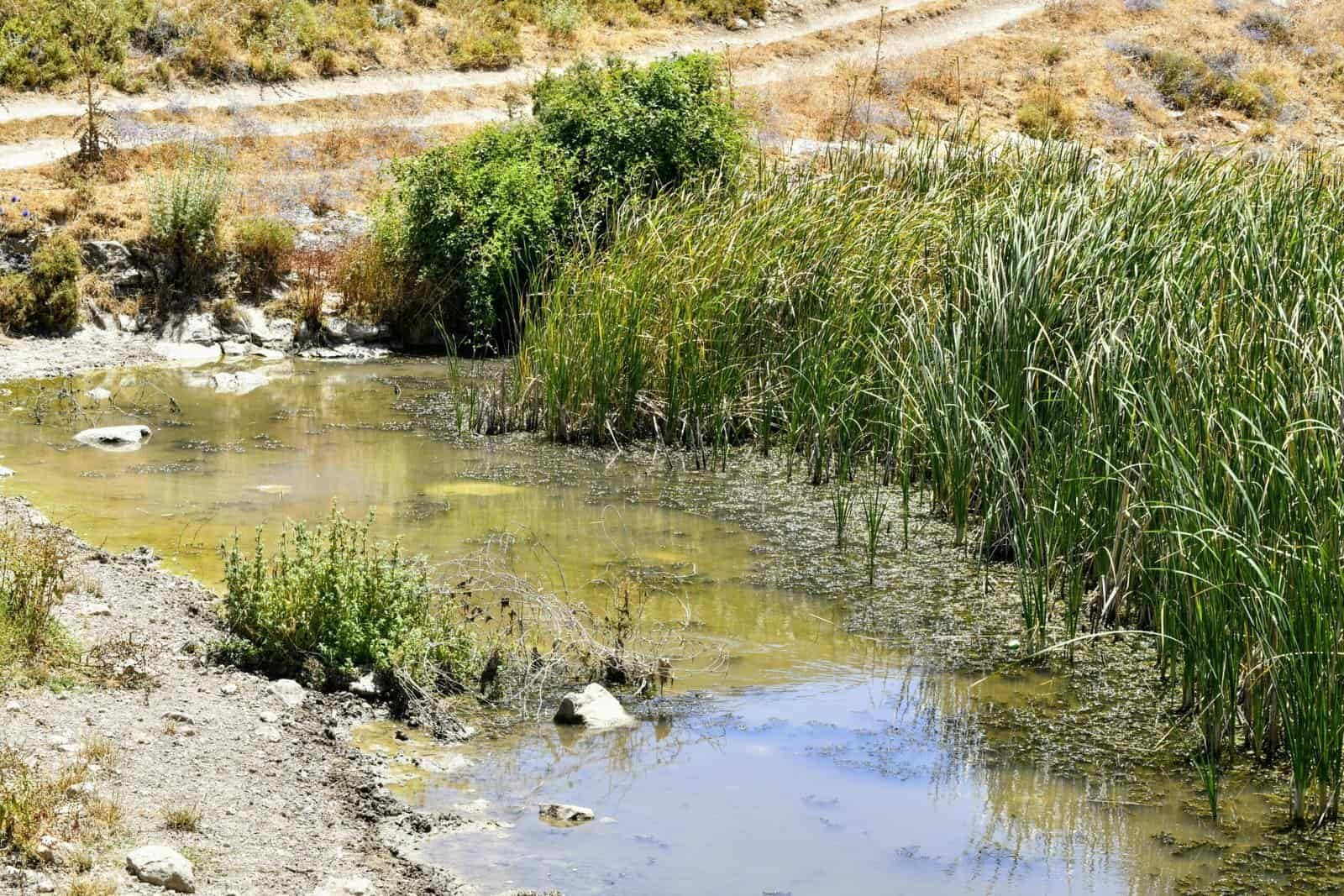
Legal, Regulatory, and Financial Considerations
You should know legal obligations for fuel storage and spill reporting, as well as financial tools that can reduce the burden if remediation becomes necessary. Compliance also protects you from penalties and liability to neighbors.
Local Regulations and Permits
Local or state rules may limit the size and location of tanks, require secondary containment, or mandate monitoring. Check with your local environmental or public health agency so you remain compliant and understand permit requirements.
Reporting Requirements for Spills
Laws often require immediate reporting of significant spills to state environmental agencies or emergency response centers. Even small spills can trigger reporting, so you should know thresholds and contact numbers before an incident occurs.
Insurance and Liability
Your homeowner’s insurance may or may not cover fuel spills; check policy limits and exclusions, and consider specialized coverage for storage tanks or commercial activities. If your fuel contaminates a neighbor’s well or public water, you may face liability, so an insurance plan can be important.
Grants and Financial Assistance
Some states or localities offer grants, low-interest loans, or reimbursements for tank upgrades, removal, or remediation, especially for residential heating oil tanks. Investigate programs that can lower your upfront costs for preventative upgrades.
Monitoring and Testing Your Well Water
Regular testing is one of your best defenses because it gives you evidence early, often before you notice odors or health effects. A routine testing program tailored to your risk level is vital.
Frequency and Parameters to Test For
If you store fuel on-site or suspect nearby sources, test at least annually for petroleum hydrocarbons and BTEX compounds, and test more frequently if any change occurs. Include general water quality parameters like dissolved oxygen, nitrate, and pH to understand aquifer conditions that affect contaminant behavior.
Who to Hire for Testing
Use a state-certified lab or environmental consultant to collect and analyze samples to ensure valid results and proper chain of custody. Certified labs follow standard methods and can advise you on detection limits relevant to health standards.
Interpreting Test Results
If results show detectable hydrocarbons, don’t panic—low-level detections may be transient or from sampling contamination. Consult a qualified environmental professional to assess whether the concentrations pose a health risk and to recommend next steps.
Ongoing Monitoring Programs
If a test indicates contamination or you have ongoing risks, set up a targeted monitoring program with baseline sampling, regular follow-ups, and trend analysis. Long-term monitoring helps you identify plume movement and the effectiveness of corrective actions.
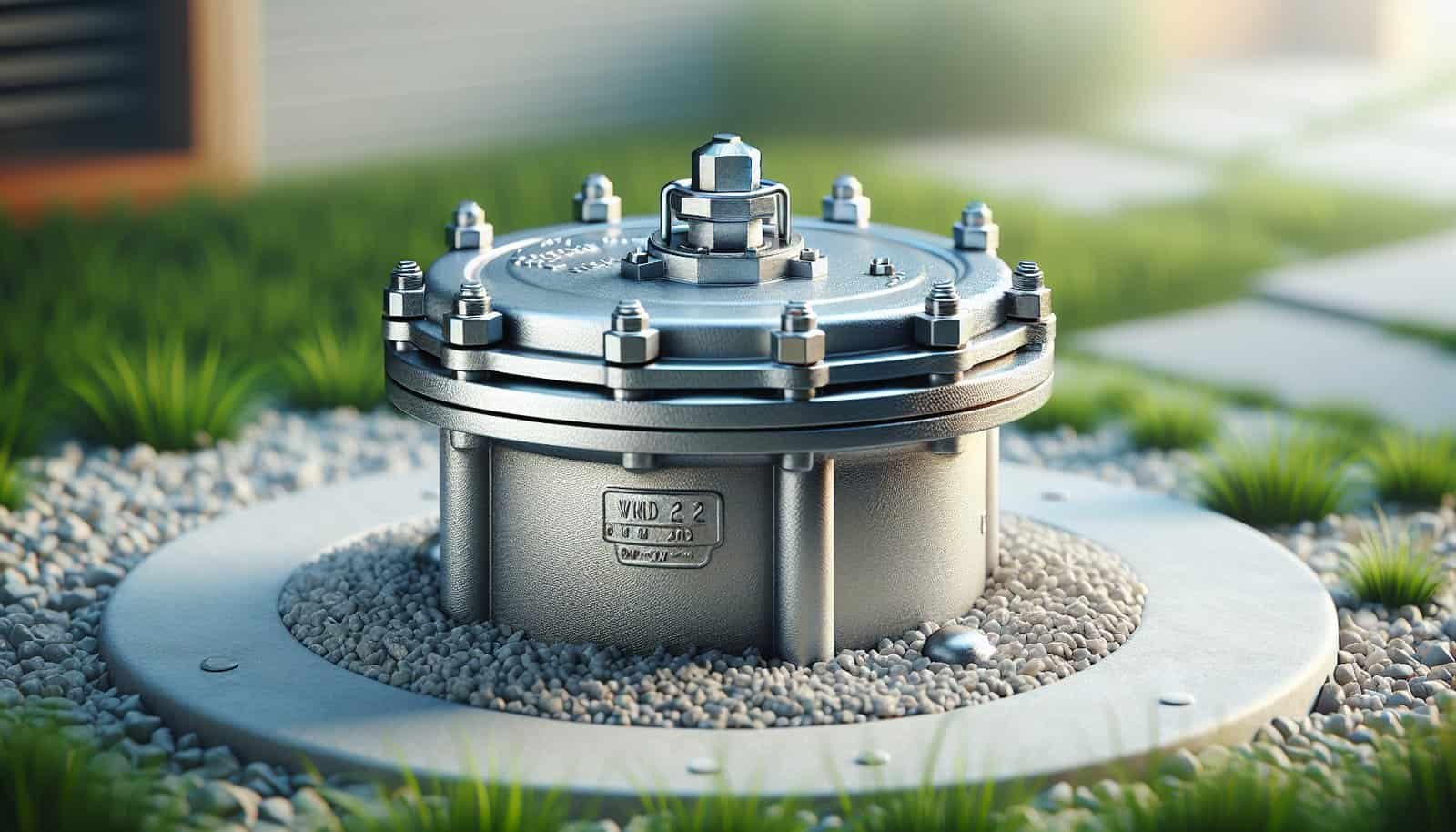
Emergency Response: Immediate Actions After a Spill
If a spill occurs, your immediate choices affect whether fuel reaches your well. Quick, calm action can contain materials and reduce environmental and health impacts.
Stop the Source and Contain the Spill
First, stop the flow if it’s safe to do so—turn off valves, upright tipped containers, or shut off pumps. Use absorbents, berms, and temporary barriers to prevent spread and route liquid to containment areas.
Notify Authorities and Your Neighbors
Call emergency services if the spill is large or presents a fire hazard, and notify environmental authorities as required by law. Inform neighbors who rely on groundwater so they can take protective actions and monitor their wells.
Protect Your Water Usage
Stop using water from your well for drinking, cooking, or irrigation until testing confirms it’s safe; use bottled water or an alternate source in the meantime. Consider shutting down pumps or isolating plumbing if contamination is suspected to avoid distributing contaminated water through your system.
Collect Samples and Document the Scene
Photograph the spill, note time and weather conditions, and preserve containers if possible—this documentation helps regulators and insurers. If safe, collect a sample according to lab guidance or wait for professionals; improper sampling can invalidate results.
Here’s a succinct immediate-response checklist you can print or keep near fueling areas.
| Step | Action | Notes |
|---|---|---|
| 1 | Stop the source | Turn off valves, pumps; upright containers if safe |
| 2 | Contain spill | Use absorbents, berms, temporary dikes |
| 3 | Notify authorities | Call local environmental emergency number |
| 4 | Protect water use | Cease drinking and cooking until tested |
| 5 | Document scene | Photos, notes, collect samples per lab guidance |
| 6 | Alert neighbors | Especially those with wells down gradient |
Remediation Options If Fuel Reaches Groundwater
If fuel does reach groundwater, several remediation technologies can limit spread and remove contaminants. The right option depends on site geology, plume size, and contaminant concentrations.
Pump-and-Treat Systems
Pump-and-treat involves extracting contaminated groundwater, treating it aboveground to remove hydrocarbons, and discharging or reinjecting treated water. It’s well-established but can be slow and costly for large plumes.
Bioremediation and Natural Attenuation
Microbial degradation can break down fuel components when conditions are favorable; sometimes you can enhance this by adding oxygen, nutrients, or specialized microbes. Monitored natural attenuation can be effective for small plumes if closely tracked with regular sampling.
Soil Vapor Extraction and Air Sparging
Soil vapor extraction removes volatile hydrocarbons from unsaturated soils by applying vacuum to pull vapors out, while air sparging injects air into groundwater to strip volatile contaminants. These methods often work together and can be very effective for gasoline-range compounds.
Point-of-Use and Point-of-Entry Water Treatment
If contamination is in drinking water but remediation will take time, installing point-of-use (POU) filters like activated carbon under the sink, or point-of-entry (POE) whole-house systems can make water safe for immediate use. Choose certified systems designed to remove specific hydrocarbons and follow maintenance schedules strictly.
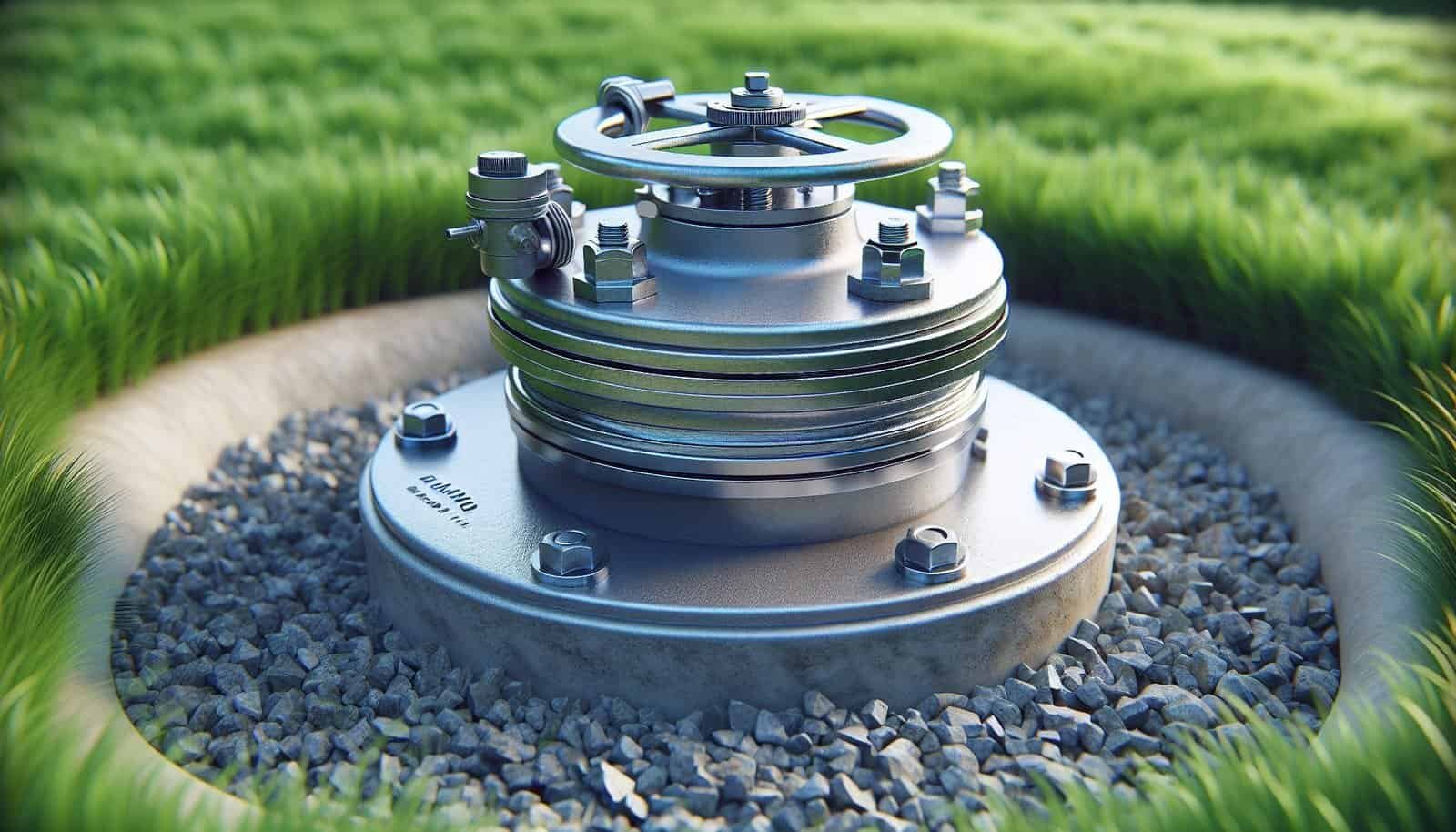
Practical Daily Practices for Lowering Risk
Small daily habits can dramatically reduce the chance of a spill happening or becoming a contamination event. Consistent, simple actions compound to provide strong protection.
Fueling Habits and Spill Prevention
Always fuel equipment over a tray or on an impermeable surface, avoid overfilling, and use nozzles or automatic shutoffs to minimize drips. Wipe up small spills immediately with absorbents and dispose of used materials properly.
Storage and Inventory Controls
Keep accurate fuel inventory logs so you notice unexplained losses that could indicate leaks. Store smaller amounts and schedule regular deliveries to avoid keeping large volumes near the well.
Training Family Members and Workers
Train anyone who fuels equipment or handles tanks on safe practices, emergency procedures, and the location of spill kits. Regular refreshers reduce complacency and improve response speed.
Seasonal and Weather Preparations
Before freeze-thaw cycles or seasons of heavy rain, secure fill caps and inspect vent lines—weather can exacerbate leak risks and wash spilled material into low areas. Adjust containment and monitoring for wet seasons.
Cost-Benefit Table: Prevention vs Remediation
This table gives you a simple comparison so you can weigh investment in prevention against the potential cost of cleanup and health impacts.
| Item | Prevention (typical cost/effort) | Remediation (typical cost/outcome) |
|---|---|---|
| Tank replacement/upgrades | Moderate ($1,000–$10,000) | Avoids major cleanup; long-term benefit |
| Secondary containment | Low–moderate ($500–$5,000) | Prevents spills from hitting soil; high value |
| Monitoring well & testing | Low–ongoing (hundreds/year) | Early detection reduces cleanup scope |
| Full remediation (pump & treat) | N/A | Very high ($10,000s–$100,000s+) |
| Point-of-use filters | Low–moderate ($200–$2,000) | Short-term safety while remediation proceeds |
You’ll see that investing in reasonable prevention measures usually costs far less than full remediation and reduces liability and stress.
Working With Professionals
When you need help, choosing the right professionals saves time and money and improves outcomes. You’ll want licensed well contractors, certified labs, and environmental consultants.
Choosing a Licensed Well Contractor
Pick a contractor licensed in your jurisdiction with verifiable references and insurance. Ask about their experience with sanitary seals, casing replacement, and wellhead upgrades that limit surface contamination.
Selecting Environmental Consultants
Environmental consultants should be experienced with hydrogeology, source control, and remediation technologies and have familiarity with local regulators. Request examples of past work and an explanation of recommended monitoring or cleanup approaches.
When to Call a Lawyer
If contamination involves multiple parties, insurance disputes, or potential liability to others, consult an attorney experienced in environmental law. Legal help can protect your rights and coordinate claims against responsible parties or insurers.
Case Studies and Real-World Examples
Learning from others’ experiences helps you make practical choices and avoid common mistakes. These short summaries illustrate typical scenarios you might face and how actions changed outcomes.
Example 1: A homeowner stored heating oil in an old underground tank near a well. After a leak, neighbors’ wells were affected. Upfront replacement of the tank and regular testing would have prevented the expensive cleanup and liability.
Example 2: A rural property had a small aboveground diesel tank uphill from a drilled well. The owner added a concrete pad with a curb and secondary containment and reduced spill risk significantly; routine inspections caught a valve leak early and avoided contamination.
Common Myths and Misconceptions
There are persistent myths about wells and fuel that can lead you to make poor choices. Knowing the facts helps you act wisely.
Myth: Small spills can’t reach deep wells
Even small, repeated spills can migrate along preferential pathways or through cracked casings and eventually reach deeper aquifers. Treat every spill seriously and clean it up immediately.
Myth: A well cap is enough to prevent contamination
A sanitary cap is necessary but not sufficient; surface water and lateral soil movement can bypass a cap through poorly grouted annuli or fractured geology. Combine a good cap with proper casing, grouting, and surface drainage controls.
Myth: Boiling water will remove fuel contamination
Boiling does not remove many petroleum compounds and can concentrate some contaminants; it’s not a safe treatment method for fuel contamination. Reliance on boiling creates a false sense of safety and delays proper testing and treatment.
Checklist: Actions You Can Take Today
Here’s a practical checklist you can use to start reducing your risk immediately. Many of these steps are low-cost and fast.
| Action | Why it matters | Priority |
|---|---|---|
| Inspect wellhead and cap | Identify visible vulnerabilities | High |
| Locate and map fuel sources | Know what’s upgradient | High |
| Create impermeable fueling area | Prevent infiltration | High |
| Place spill kit near fueling area | Faster response | High |
| Schedule annual water test | Early detection | High |
| Document tank age and condition | Plan replacements | Medium |
| Install containment or berm | Stops spread | Medium |
| Register for local spill reporting numbers | Be prepared | Medium |
| Review insurance coverage | Financial protection | Medium |
| Train family/workers | Reduce human error | Medium |
Frequently Asked Questions
These FAQs answer common concerns you might have and give practical next steps.
Can a small spill really contaminate my well?
Yes; even small amounts of fuel can move through soil or along poorly sealed well casings and eventually affect water quality. Treat any spill seriously, contain it, and test your water.
How long does it take for fuel to reach my well?
That depends on soil type, groundwater flow, distance, and the amount spilled; it can range from days to years. Consult a hydrogeologist for a site-specific assessment if you suspect a nearby source.
Can I drink water after a minor spill?
Don’t drink or cook with water from your well until you have it tested for petroleum compounds. Use bottled water or another safe supply while you wait for lab results.
Are well caps and casings enough to protect my water?
They are a critical first step but not a complete solution; surface drainage, tank location, and transfer practices also matter. Combine a good sanitary seal with site planning and containment.
What tests detect fuel contamination?
Certified labs test for total petroleum hydrocarbons (TPH), BTEX, and specific fuel constituents using established EPA or state methods. Ask the lab for the right suite of tests and detection limits.
Who pays for cleanup if fuel contaminates my well?
Responsibility depends on cause and local law; the party that owns or causes the release may be liable, but insurers and government programs can sometimes help. Document everything and contact your insurer and local environmental agency.
Final Recommendations
Protect your well proactively by combining good site planning, secure fuel storage, routine inspections, and regular water testing. Small, consistent investments in prevention and monitoring usually save you money and stress compared with the high costs of remediation and lost water service.
If you’re unsure about any step, start by scheduling a professional well inspection and a water test for petroleum compounds. That baseline information gives you the clarity to prioritize actions and keep your water safe for yourself and your neighbors.
